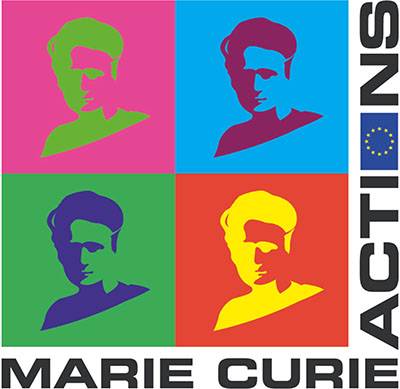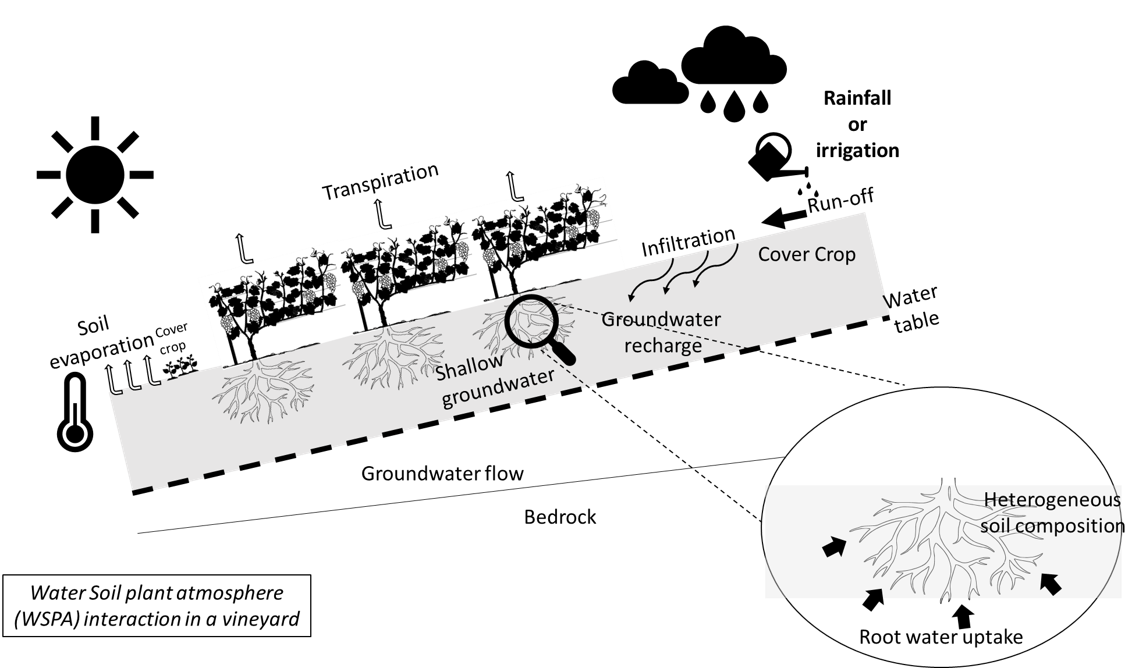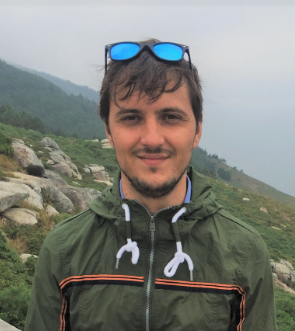
3D position of sensors around the plant and simulation showing the distribution of current voltage after a current stimuli into the root system

About
Objective
GROWING is a project dealing with the use of minimally invasive methods for roots monitoring, with the specific aim of improving water use in arboriculture, viticulture and agronomy. The aim of GROWING is to develop our capability of understanding, through measuring and modeling, the actions of the root system on water state and fluxes in the soil-plant-atmosphere system. This is particularly critical in areas of water scarcity, such as the Mediterranean region.
GROWING is based upon three scientific pillars: (a) an advanced plant root phenotyping technology using geophysical methods, overcoming current limitation in imaging roots under field working conditions; (b) a coupled above and below-ground monitoring using geophysical, plant physiology and atmospheric measurements and (c) a data assimilation scheme that uses the data above to construct a hydrogeophysical model of water distribution in soil and exchanges with the atmosphere.
The scientific developments above will then foster the design of new tools and services for arboriculture, viticulture and agronomy with the ambition to transfer innovative knowledge to stakeholders, farmers, and winemakers in particular. The ground breaking nature of GROWING lies in the pooling of human, technical, and data resources, in order to better understand the hydric stress and roots response under a range of soil and agricultural practices.
In order to warrant effective dissemination of the project’s results, I will work both with academic partners, the university in Padua (UNIPD) and the Lawrence Berkeley National Lab (LBNL) during the outgoing phase, and with farmers and stakeholders thanks to private companies’ collaboration (FruitionSciences, Noble research institute). A two- way knowledge transfer is expected, with novel practical solutions to be developed in order to make non-invasive geophysical methods a state-of-the-art practice particularly in high-value crops.
Field of Science
- geophysics, viticulture, agronomy, physiology
- public services, sustainable economy, crops
Programme
H2020-EU.1.3.2. - Nurturing excellence by means of cross-border and cross-sector mobility
Topic
MSCA-IF-2018 - Individual Fellowships
Funding Scheme
MSCA-IF-GF - Global Fellowships
Publications
-
Mary, B., Botto, A., Iván, V., Peruzzo, L., Chou, C., Wu, Y., Cassiani, G., and Camporese, M.: Assimilation of ERT data to improve Feddes parameters in a hydrological model during a root water uptake experiment, EGU General Assembly 2022, Vienna, Austria, 23–27 May 2022, EGU22-6648, doi:doi:10.5194/egusphere-egu22-6648, 2022.
-
Cassiani, G., Mary, B., Boaga, J., Barone, I., and Ivan, V.. Geophysical Imaging of the Root Zone: Methods, Implications and Outlook. in NSG2021 27th European Meeting of Environmental and Engineering Geophysics (Hybrid, France: European Association of Geoscientists & Engineers), 1–5. doi:10.3997/2214-4609.202120198, 2021.
-
Mary, B., Iván, V., and Cassiani, G.: Root system monitoring using a mise-à-la-masse (MALM) extension to time-domain IP, EGU General Assembly, online, 19–30 Apr 2021, EGU21-2839 doi:10.5194/egusphere-egu21-2839, 2021.
-
Iván, V., Mary, B., Blanchy, G., Weigand, M., and Garré, S.: Supporting successful data and codes sharing practices in agrogeophysics, EGU General Assembly, online, 19–30 Apr 2021, EGU21-12526 doi:10.5194/10.5194/egusphere-egu21-12526, 2021.
-
B. Mary: The GROWING project, Gembloux seminar ‘Geophysics & Agriculture: the perfect match?’ on January 31st. http://www.soilbelgium.be/?p=3596:http://www.soilbelgium.be/?p=3596, 2020.
-
B. Mary, F. Meggio, G. Blanchy, N. Cainelli, L. Peruzzo, J. Boaga, Y. Wu, S. Hubbard, B. Ruperti, A. Binley, G. Cassiani: Highlighting Grapevine Root Activity During a Partial Root Zone Drying in Rhizotron Using Geo-electrical Methods. AGU General Assembly (NS31A-0764). Bibcode: 2019AGUFMNS31A0764M doi:https://agu.confex.com/agu/fm19/meetingapp.cgi/Paper/585475, 2019.
-
Mary, B., Peruzzo, L., Boaga, J., Schmutz, M., Wu, Y., Hubbard, S. S. and Cassiani, G.: Small-scale characterization of vine plant root water uptake via 3 -D electrical resistivity tomography and mise-à-la-masse method, Hydrology and Earth System Sciences, 22(10), 5427–5444, doi:10.5194/hess-22-5427-2018, 2018.
Objectives
- Gather datasets needed for modeling
- Finding easily georeferenced data-sets linked to research themes
- Facilitate communication to stakeholders
Work packages
WP1
- Straightforward way to use ERT and MALM as non-invasive methods for roots soil plant interaction monitoring via RWU.
- Innovative way to improve classical geoelectrical non-invasive methods via an extension of ERT and MALM to multi-frequency assessment (time domain or Spectral induced polarization) of the roots response.
- New inversion algorithms for direct roots detection via a combination of multiple geophysical methods analysis in combination with biological and plant physiological assumptions and farmer know-how.
WP2
Deals with the coupling between subsurface and surface observation (including remotely), acquired via geophysical monitoring (arising from the methodology developed during the WP1) and plant physiology and atmospheric measurements. WP2 will provide results for three deliverables:
- Improve and adapt pedotransfer functions to compute subsurface understandable proxies (FTSW and Soil hydraulic conductivity) notably in order to meet the new big data challenge (interoperable, re-usable).
- Monitor these proxies in relation with the phenological stage of the plant and irrigation practices.
- Study correlation between geophysics (SS), plant based observations (PB) such as physiological state of plants from leaf potential or sap flow, surface data (S) notably with EC measurements and remote observations (R) with hyperspectral imaging.
WP3
Deals with data assimilation (DA) of geophysical information into hydrogeophysical modelling for the identification of active root zones. WP1 and WP2 outputs will serve as inputs. One deliverable is expected:
- Methodology for DA of geophysical and surface data in a RWU model using Ensemble Kalman Filters.
WP4
Aims at disseminating the gained knowledge across all communities. We plan four deliverables:
- Data management plan: gather dataset of partner research teams in an open web platform.
- Transfer and communication towards peers.
- Transfer and communication towards students, winemakers and farmers.
Media & Communications
2020 was a year like no other, that changed our lives deeply. From online classes to empty offices, people at #GeoUnipd quickly faced it and made the best of it
— Dipartimento di Geoscienze - Unipd (@GeoUnipd) January 20, 2021
📺 To sum up 2020, we collected some of our main highlights in a short video. Check it out: https://t.co/Ueq4nzuVvv pic.twitter.com/r8eYWoaU9N

